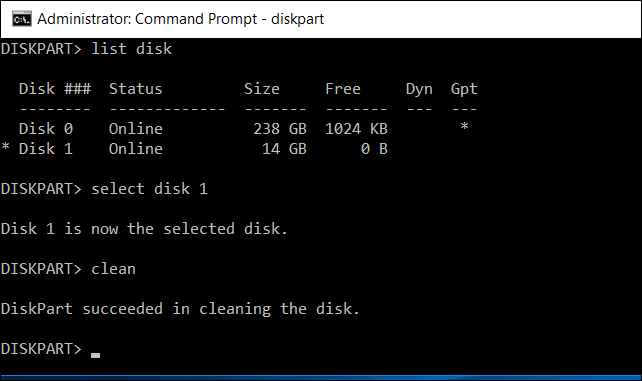Yesterday I got my new NVMe SSD, the WD Black SN850. I wanted to install Windows 10 on it, and use it as my primary drive on my Asus Prime X570-P mainboard.
I have plugged it in, Windows recignized it as unformatted, so I "enabled" it and it worked fine, so I set up a bootable thumb drive via Media Creation tool, went into UEFI, disabled CSM and fast boot, turned the machine off, unplugged my SATA SSD and HDD and proceeded to install Windows 10 as usual - format it, hit install.
Well, here's my problem now. I've been troubleshooting for the past 14 hours without any success (although I learned a lot in the process). The drive won't boot in UEFI mode. The installation went through just fine, but when the setup wants to restart the machine, I'm either getting booted back to the start of the installation process (so boots from USB) or if I unplug the USB drive, it'll just enter UEFI setup again. At this point, the UEFI setup doesn't show the NVMe SSD as a bootable device anymore, although it is still connected to my NVMe port (and still exists in the NVMe device list).
When launching CSM, the drive appears again, I can attempt booting from it, but since it's an NVMe SSD that I installed Windows 10 on in UEFI mode, it will not boot up, just as expected.
I am very sure I have set up the USB drive in UEFI mode (actually tried again using Rufus so I can double check), formatted to GPT and did everything correctly to set up the USB drive. Also, it's the latest Win 10 build.
I have the feeling that either the NVMe driver is somehow missing and therefore my PC can't boot from it, or something is wrong with the EFI. I have tried to manually load the EFI boot files onto the NVMe drive using CMD, but still, it won't let me boot.
When turning on CSM, the NVMe SSD does NOT have the "Bootmanager" or "Bootloader" label - just it's regular one.
SSD Firmware, BIOS Firmware and all drivers listed on the manufacturer's website for the Prime x570 Mobo are installed/updated/brought to the latest version.
I have tried all of this with enabled and disabled secure boot features as well as "other os" and "windows uefi mode".
Results stay the same with both NVMe ports.
Sorry for the somewhat long post, but I wanted to make sure to list my entire progress so far.
I have plugged it in, Windows recignized it as unformatted, so I "enabled" it and it worked fine, so I set up a bootable thumb drive via Media Creation tool, went into UEFI, disabled CSM and fast boot, turned the machine off, unplugged my SATA SSD and HDD and proceeded to install Windows 10 as usual - format it, hit install.
Well, here's my problem now. I've been troubleshooting for the past 14 hours without any success (although I learned a lot in the process). The drive won't boot in UEFI mode. The installation went through just fine, but when the setup wants to restart the machine, I'm either getting booted back to the start of the installation process (so boots from USB) or if I unplug the USB drive, it'll just enter UEFI setup again. At this point, the UEFI setup doesn't show the NVMe SSD as a bootable device anymore, although it is still connected to my NVMe port (and still exists in the NVMe device list).
When launching CSM, the drive appears again, I can attempt booting from it, but since it's an NVMe SSD that I installed Windows 10 on in UEFI mode, it will not boot up, just as expected.
I am very sure I have set up the USB drive in UEFI mode (actually tried again using Rufus so I can double check), formatted to GPT and did everything correctly to set up the USB drive. Also, it's the latest Win 10 build.
I have the feeling that either the NVMe driver is somehow missing and therefore my PC can't boot from it, or something is wrong with the EFI. I have tried to manually load the EFI boot files onto the NVMe drive using CMD, but still, it won't let me boot.
When turning on CSM, the NVMe SSD does NOT have the "Bootmanager" or "Bootloader" label - just it's regular one.
SSD Firmware, BIOS Firmware and all drivers listed on the manufacturer's website for the Prime x570 Mobo are installed/updated/brought to the latest version.
I have tried all of this with enabled and disabled secure boot features as well as "other os" and "windows uefi mode".
Results stay the same with both NVMe ports.
Sorry for the somewhat long post, but I wanted to make sure to list my entire progress so far.




